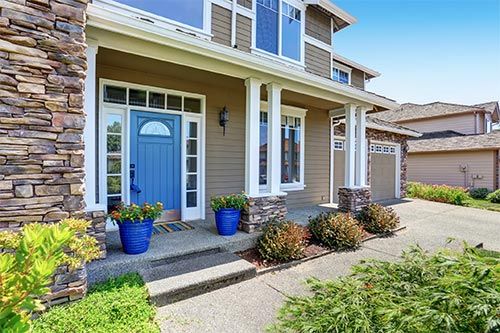Top 10 Ways to Prepare Your Home for Winter
- By Admin
- •
- 04 Nov, 2016
- •
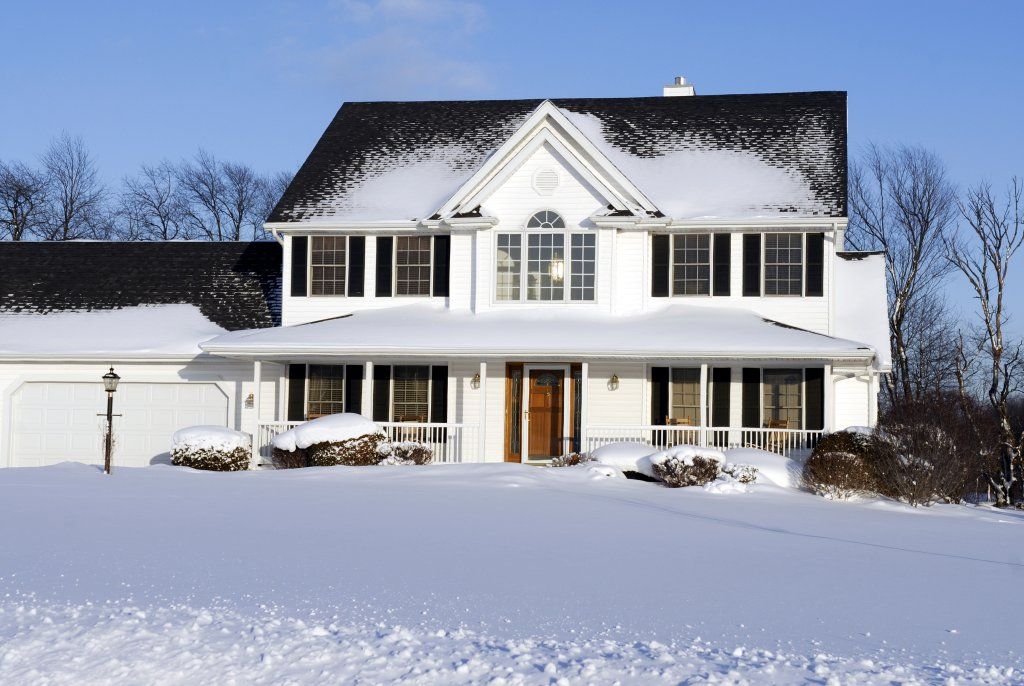
Temperatures are dropping and it is time to start thinking about preparing for winter. Here are 10 ways to prepare your home for winter:
- Call your local HVAC and have a tuneup on your unit. Make sure it is clean, charged and ready for maximum performance. You don't want to wait until the first time you turn on the heat to realize that your system is working properly.
- Do you have a fireplace or stove heater? Clean them and make sure the vent systems and chimneys are clear.
- Change your air filters. Did you know that dirty air/furnace filters can cause your system to freeze and cost you hundreds of dollars in repairs? Prevention is key. New air filters are the answer. Lyons Lumber and Hardware stores have a full selection of air filters in stock and we can special order unique sizes and have them within the week.
- Caulk around your doors and windows. Replace weather stripping on your doors.
- Clear you gutters of leaves and debris. When snow and ice melt, you want a clear path for the water to flow.
- Consider a programmable thermostat. Some studies have shown that you can save as much as $300-400 per year. The first year savings would cover the cost of the thermostat and the installation charges. Lyons has these in stock for you.
- Add door mats and/or rubber boot trays so you can leave wet shoes/boots at the door when you come inside. Find a decorative basket or container as easy access to hold gloves, mittens, hats and scarves.
- Drain your irrigation systems and water hoses to prevent freezing.
- Check your snow shovel (and car scrapers) to make sure they aren't broken. If you have a snow blower, take it for a routine maintenance check to ensure it is working correctly. Restock rock salt for sidewalks. Lyons can help you with these too!
- Bring outdoor furniture, plants, grills and anything else that may be affected by weather.
The Famer's Almanac says the 2016-17 winter season will be one of the most difficult winters on record. Preparation in advance will ensure you have great winter!
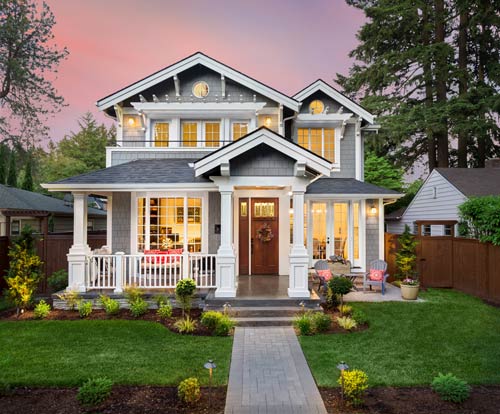
The type of siding you have on your home determines how frequently your home's exterior needs to be painted. Wood siding, for example, should be repainted every three to seven years, while brick paint jobs can last upwards of a decade.
Whether you want to paint your home's exterior for personal enjoyment or to preserve your home's siding, the right paint color is key to keeping your home's curb appeal fresh, modern, and inviting. If you're stuck on what hue to paint your home's outside, consider classic white, light gray, or other lighter colors. Here are reasons why light tones are best for your home's exterior.
You Hide Minor Siding Flaws
Any cracks, blemishes, dents, stains from mold or mildew, or missing siding panel issues will not alleviate themselves with a fresh coat of paint. However, lighter paint colors will diminish the appearance of minor siding flaws to give your home a more renovated, well-kept appeal. Softer colors reflect light, allowing blemishes to be more hidden by visual trickery.
Before painting your home's exterior, power wash your siding and fill large cracks or crevices with cement putty or other filler. You can buy your paint and hardware supplies from your local lumberyard or home improvement store.
You Highlight Landscape Features
The main reason for painting your home's exterior is to add curb appeal. Your home isn't the only part of your property that improves with fresh paint, however. The surrounding landscape benefits as well.
What are the main focal points you want highlighted in your yard? A decorative rock garden near your front entryway? A charming stone walking path? If you paint your home a too-dark hue, like navy or brick red, the focal points in your main yard get lost in the rich color tones.
Lighter paint colors, like eggshell white, buttercream yellow, and pastel shades of darker colors, create a soft backdrop for your landscape features. Your home blends into the background, allowing your landscape to become the best focal point of your property.
You Highlight Dimensional Home Features
A lighter color will make your home's unique features stand out. An ornate glass door, window shutters, bump-out additions or bay windows, and other home features are given grander appeal when you select a lighter shade for your entire home.
The key to painting your home a lighter color to highlight the property itself is this: select the same color for the entire main part of the home's exterior, then choose a neutral dark color - consider slate gray, navy, or rich brown - for all trim work. Your home is given a more clean, uniform appeal without appearing too busy.
You Stay Trendy
Color trends come and go. A classic neutral shade of tan, cement gray, or another light tone for your home's exterior allows you to stay on top of decorative trends. Your home's exterior is also less likely to clash with interior renovations and style upgrades as trends change, allowing you to keep your current paint color until your siding choice indicates it's time for a paint touch-up.
When painting your home's exterior, the finish you choose for your paint job is as important as the paint color itself. Finishes vary from a high gloss to a pure matte design; speak to your painting specialist
to see which type of finish is best for your home. A slight sheen is easy to clean and reflective, creating an ideal finish for your home's lighter shade.
Always use paint designed for outdoor use on your home. Our paint mixing specialists will select the right color and finish for your home’s exterior and help you select the right amount of paint for the job. Visit us at Lyons Lumber Co. today.
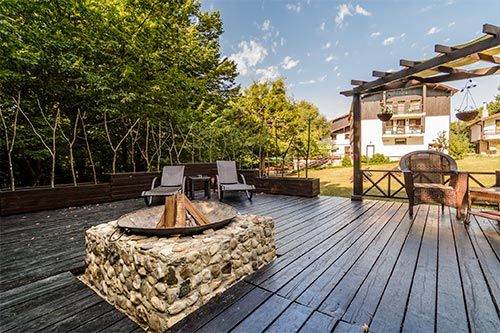
Rustic design features an emphasis on nature-inspired beauty by incorporating natural materials, especially wood and stone. While informal, the rustic style can convey an ambience of homey elegance. The design style is ideal for outdoor spaces, such as the patio. A rustic patio can complement different house styles, including ranch, contemporary, and cabin.
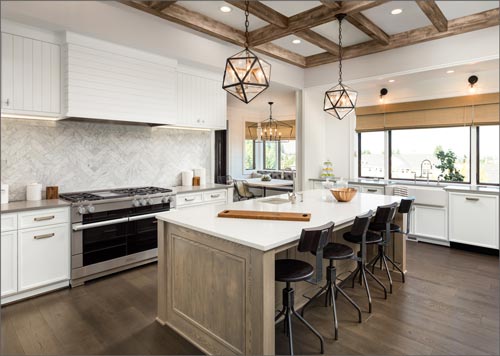
Painting your home's interior is a cost-effective way to upgrade your living space. You may have already decided on the paint you want and now you're ready to purchase your paint and start revamping your home's interior walls.
Before you have paint mixed, you need to know the type of finish you want. The finish is the sheen that paint colors give off, especially when light is shone on them. Some paints are shinier than others and therefore more appropriate with certain colors or applied in particular rooms.
Here is a guide to help you choose the best finish for your interior paint depending on your needs and desires for each room.
Before you have paint mixed, you need to know the type of finish you want. The finish is the sheen that paint colors give off, especially when light is shone on them. Some paints are shinier than others and therefore more appropriate with certain colors or applied in particular rooms.
Here is a guide to help you choose the best finish for your interior paint depending on your needs and desires for each room.
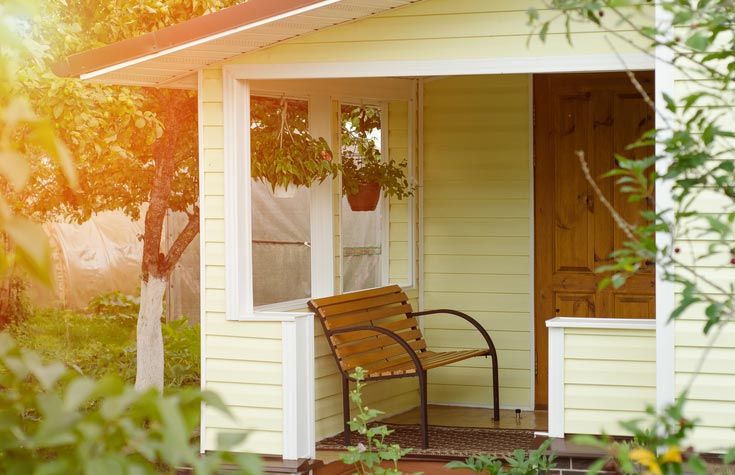
One way to increase your tiny home's living space is by making use of the space you have outside. Exterior living spaces, via porches and sunrooms, provide just the right amount of extra-room that many homeowners crave. Get creative and pick up building materials and hardware
to augment your tiny home with an outdoor space that you and those close to you will enjoy spending time in.
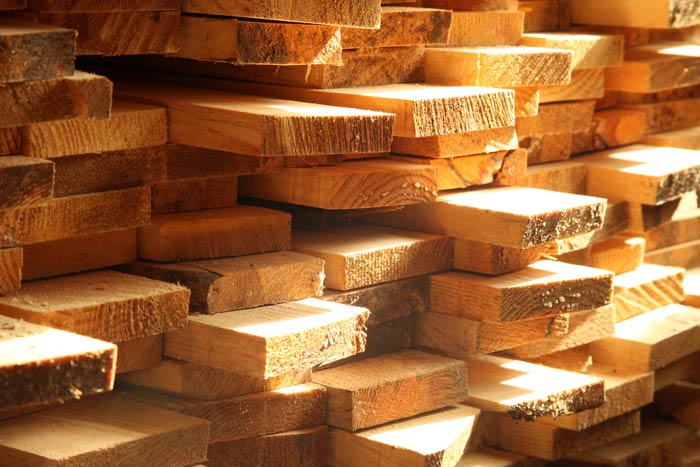
When it comes to choosing the right lumber for a specific home project, the decision begins with the type of wood. All lumber, from the common 2x4 to specialty marine plywood, is either pressure treated or not. Pressure treated wood does last longer without rotting and resists insect damage, but it's not right for every purpose either.
Not sure whether you need pressure treated wood or should avoid it for a particular use? Learn when to use both types of lumber, so your project goes smoothly, lasts as long as possible, and puts you and your family at as little risk as possible.
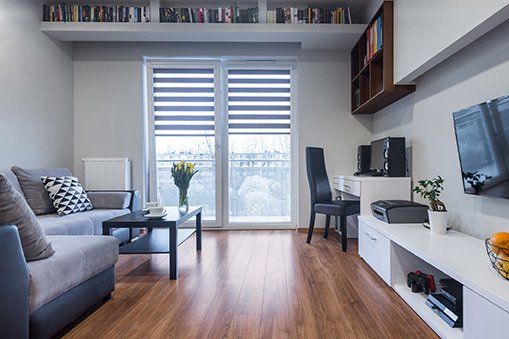
Since window treatments are one of the only indoor fixtures that are partially visible from the street, you might be more than a little nervous about choosing the right blinds for your home. Fortunately, by knowing what to look for, you can streamline your shopping experience. Here are four things you should consider before investing in new blinds for your home.
Desired Light Level
One of the first things you will need to decide when you shop for blinds is the desired level of light inside of your place. While some people like blinds or shutters that let the light pour in, others like window treatments that block the harsh rays of the sun.
Keep in mind that larger slats will let more light in, while smaller slats create more of an ambient glow inside of your home. Additionally, some blinds are better behind things like curtains, so if you intend to hang some, ask the window treatment professionals you work with which ones would be best.
Your Energy Bill
In addition to filtering the light into your home, blinds can also be a powerful source of energy savings. Since some blinds are made of solid wood and others are created to provide insulating pockets of air against the window, the blinds you choose could help you to cut down on your monthly power bill.
In fact, honeycomb blinds have been shown to shield as much as 62% of heat transfer, keeping carefully heated air indoors during the winter and heat-generating UV light outside during the summer. If energy savings is a priority for you, look for window treatments with blackout technology or a high R-Value.
Décor Aesthetic
Unfortunately, even the most energy efficient blinds might cause buyer's remorse if you can't stand to look at them. Before you head to the window treatment store, think carefully about your home décor and design aesthetic. As you shop, look for blinds that would meld with your style.
For example, if you have a clean, modern home, honeycomb shades might lend a gentle touch to the windows, while large, wooden slats may throw off the look of your home. To make the shopping process easier, take note of the materials used throughout the rest of your home, including hardware, crown molding, and trim.
Consider matching materials and color shades if you can to make your blinds blend in. For instance, if you have white trim and crown molding throughout your home, white wooden blinds might be the perfect addition.
Your Cleaning Commitment
Those newly installed blinds might look gorgeous now, but after a few months, you might be faced with a serious Saturday cleaning project on your hands. Over time, dust and debris build up on window treatments, and kids with sticky hands and curious fingers can make a mess of your blinds fast.
When you shop for blinds, think carefully about your personal commitment to cleaning, and what you are willing to do when it comes to your blinds. Keep in mind that some blinds have special cleaning needs because they are made from porous materials like wood.
After you have an idea of what you are willing to do when it comes to your blinds, look for window treatments that match your level of commitment. For example, if you have a busy lifestyle and a packed schedule, consider picking blinds that are easy to wipe down in a hurry. On the other hand, if you like a more formal look and have the time to handle more in-depth deep cleanings, shop to your heart's content without worry.
When you have an idea of the blinds you want for your home, visit Lyons Lumber Co.
In addition to carrying a wide array of building materials including premium lumber, fasteners, and shingles, this friendly hardware store also offers a massive selection of high-end paints, window treatments, hand tools, cleaning supplies, and light fixtures.
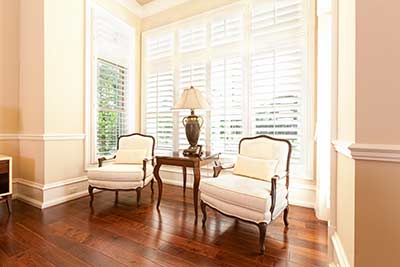
If you're ready to change the window treatments in your home and you want something that looks elegant and requires little maintenance, then you should look into plantation shutters. These wood shutters are custom-made for your windows and they're available in a variety of colors and wood stains so you can match the shutters to the rest of your décor.
Here are a few more reasons you should consider installing plantation shutters.
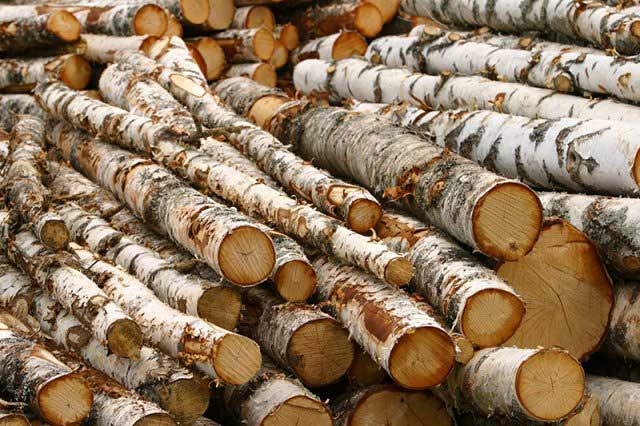
Lumber has always been a staple in the construction industry, and it’s becoming an ever-more popular material in homes and businesses. Lumber gives any space a contemporary yet luxurious and warm ambaince, but you may be worried about its sustainability.
If you want to incorporate more wood in your home, read on to learn how it could actually be the most sustainable building material you could choose and how to make sure it’s 100% eco-friendly.


